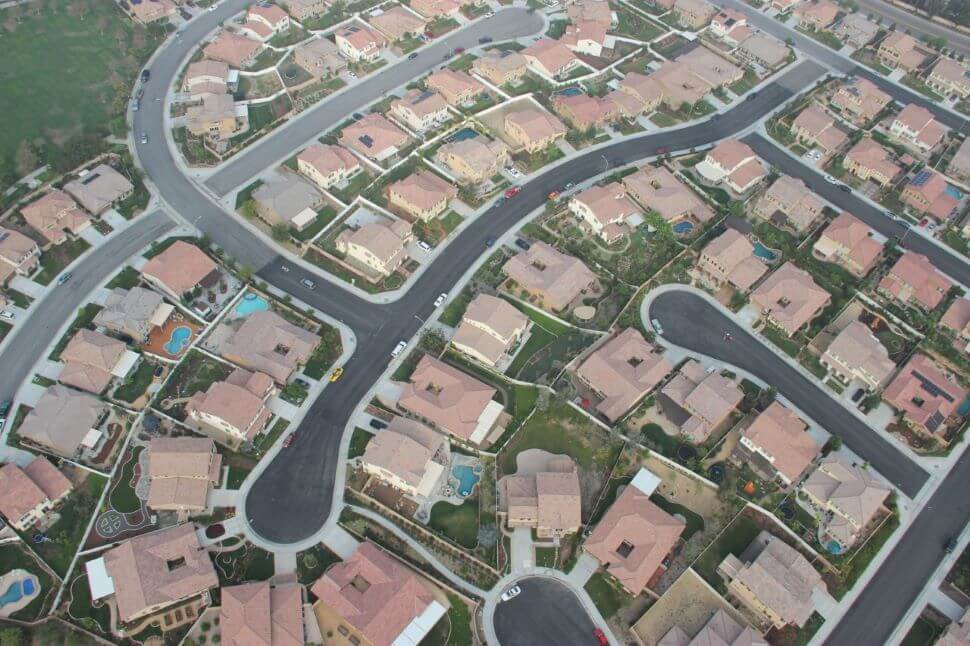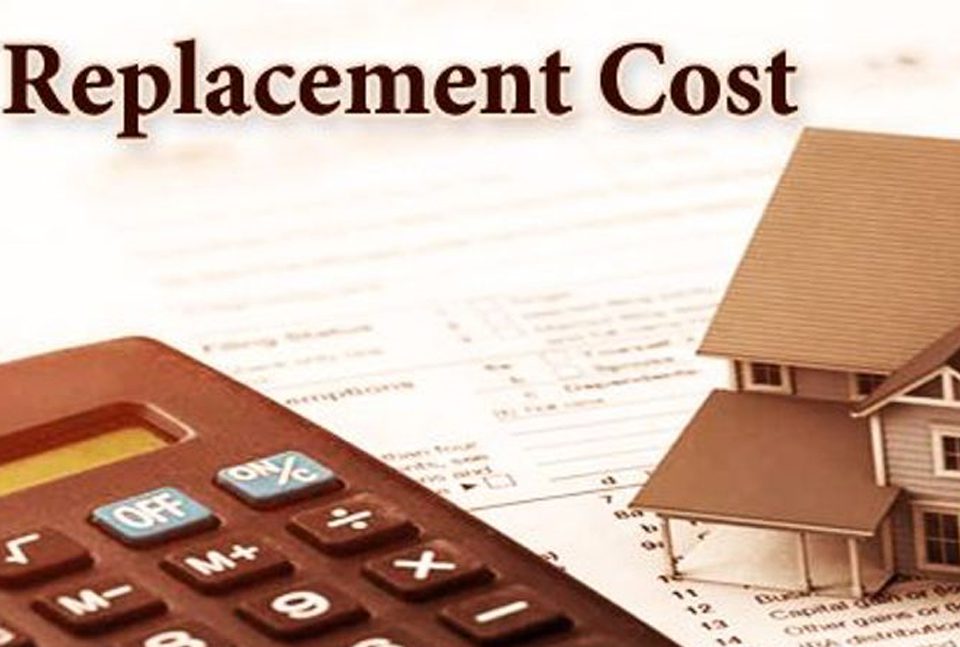
Can Landlords Require Renters Insurance?
February 14, 2022
Monthly Mortgage Payments Affected by Homeowners Insurance and Property Taxes
February 28, 2022Dwelling Limit of Fire Insurance should equal or exceed Reconstruction Cost of Home!
We are committed to protecting your home; this is what we do every day since 1986. In most states, you have the right to receive a replacement cost estimate with your homeowners insurance policy. In order to properly insure your home, it is essential to understand the difference between the Market Value and the Reconstruction Cost of your house.
Insurance Policies refer to your house as ‘Dwelling’; you may hear mortgage companies or real estate companies referring to your home insurance as ‘Hazard Insurance’. The insurance industry refers to Home Insurance as either ‘Homeowners Insurance’, ‘Dwelling Fire Insurance’, or ‘Landlord Insurance’.
Dwelling Limit: At Least 100% of Estimated Replacement Cost
We use specialized construction industry software to estimate the reconstruction cost of your home before providing a homeowners insurance quote. The estimated reconstruction cost is used as the Dwelling Limit for the purpose of estimating your insurance premium. All preferred insurance carriers require that the Dwelling is insured for at least 100% of the Estimated Reconstruction Cost; the reason for this is to make sure that homes are not under-insured.
Market Value vs. Replacement Cost
Market Value of your home is the Sales Value of the home. Replacement Cost value is the reconstruction cost of the building (dwelling). Insurance companies insure the reconstruction of the covered property against perils listed on the policy; some of those perils may be: Fire, Smoke, Wind, Vandalism etc… The Market Value of your home has absolutely no relevance to the insurance company’s valuation software used to calculate the reconstruction value of the insured property.
Inflation Guard Endorsement
Most insurance companies include an endorsement designed to apply an annual increase of coverage commensurate to the increase of cost of building supplies and labor. This small annual increase assures that the dwelling limit will not remain stagnant for many years and therefore leaving the homeowner vulnerable with an under-insured home should there be a loss in the future.
Insurance Coverage Self-Review
It is a good practice to spend a few moments each year reviewing your home insurance coverage to make sure that you feel confident that your coverage is sufficient to rebuild your home and to replace your personal contents in the event of a total loss.
If you have made any recent improvements or perhaps remodeled your home, the cost of reconstruction may likely be higher than when the original estimation was made when you originally bought your homeowners insurance policy.
If you need some expert advice, it may be worth asking your insurance company to send you the Replacement Cost Estimator so that you can review the home details used to calculate the reconstruction value.
Fluctuations in Customization
Most preferred insurance companies offer an Extended Replacement Cost Endorsement allowing an additional percentage of Dwelling Coverage over and above the Dwelling Limit listed on the policy; the purpose for this additional coverage is to compensate for changes in building costs at the time of a loss.
For instance, if you have $500,000 Dwelling Coverage on your home and your policy has an Extended Dwelling Endorsement showing 25% of Dwelling Coverage; you would have an additional $125,000 of Dwelling Coverage at the time of loss. For this condition to secure your interest, the home should have been insured at 100% of the estimated building value at the time of the purchase of the insurance. There may be further stipulations or slight variances depending on the insurance carrier and/or state where the property is located.


